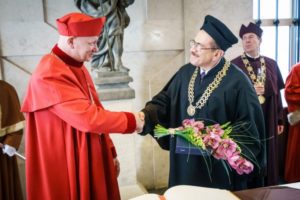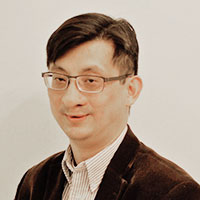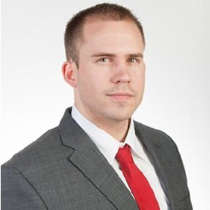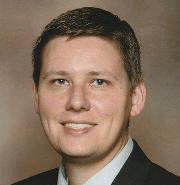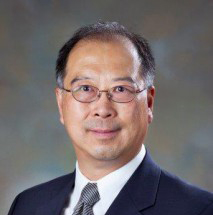 Abstract: Advanced computational modeling, high performance computing technology, and extensive knowledge of simulation form a strong and unique foundation of research, development and engineering at Sandia National Laboratories that enable the Lab to meet its commitment of ensuring the national security of the United States. Computational models are utilized extensively to predict the complex behavior of materials in multiphysics environments across a wide range of length and time scales, and analysts run simulations routinely to evaluate the performance and reliability of complicated engineering systems designed for national security applications. In the past three decades, capabilities of simulation tools and models were advanced significantly, and numerous scientific questions and engineering challenges were resolved successfully with the help from computational simulations. Examples include providing insight of non-linear material response in complex loading environments, examining the integrity of engineering structure when test data are insufficient, modeling microstructure and its linkage to material properties, and predicting aging and material property changes during service. Although the progress of developing computational predictive capabilities has been highly encouraging so far, it is well recognized in the computational mechanics community that many issues in theories and numerical algorithms yet to be addressed. While modeling and simulation are being used increasingly as the information-generating and decision-making tools in the cycle of engineering product from design to retirement, how to create and demonstrate credibility of computational analyses, especially for applications in the solid mechanics discipline, is becoming an inevitable challenge for model developers and computational analysts simply because neither codes nor models are perfect.
Abstract: Advanced computational modeling, high performance computing technology, and extensive knowledge of simulation form a strong and unique foundation of research, development and engineering at Sandia National Laboratories that enable the Lab to meet its commitment of ensuring the national security of the United States. Computational models are utilized extensively to predict the complex behavior of materials in multiphysics environments across a wide range of length and time scales, and analysts run simulations routinely to evaluate the performance and reliability of complicated engineering systems designed for national security applications. In the past three decades, capabilities of simulation tools and models were advanced significantly, and numerous scientific questions and engineering challenges were resolved successfully with the help from computational simulations. Examples include providing insight of non-linear material response in complex loading environments, examining the integrity of engineering structure when test data are insufficient, modeling microstructure and its linkage to material properties, and predicting aging and material property changes during service. Although the progress of developing computational predictive capabilities has been highly encouraging so far, it is well recognized in the computational mechanics community that many issues in theories and numerical algorithms yet to be addressed. While modeling and simulation are being used increasingly as the information-generating and decision-making tools in the cycle of engineering product from design to retirement, how to create and demonstrate credibility of computational analyses, especially for applications in the solid mechanics discipline, is becoming an inevitable challenge for model developers and computational analysts simply because neither codes nor models are perfect.
At this seminar, years of efforts at Sandia to advance the capability of computational solid mechanics modeling for national security and industry applications will be presented, highlighting their challenges and successes. Lessons learned from bridging physics at different length scales and coupling different simulation codes will be shared. Most importantly, strategies, including effective and ineffective ones, of developing and presenting model credibility will be discussed.
Biographical Sketch: Dr. Eliot Fang is the Manager of the Solid Mechanics Department at Sandia National Laboratories. He received his B.S. degree from the National Central University in Taiwan and M.S. and Ph.D. degrees from the University of California at Santa Barbara, all in mechanical engineering. Dr. Fang’s research interest is to apply modeling approaches and high performance computing to elucidate mechanisms of material behaviors and to predict material behaviors at various length scales in different environments. He has over 60 publications and 70 invited presentations reporting his technical accomplishments and contributions to materials modeling and mechanical simulations. Dr. Fang is a Fellow of the American Society of Mechanical Engineers and a recipient of the 2006 Asian American Engineer of the Year Award.


